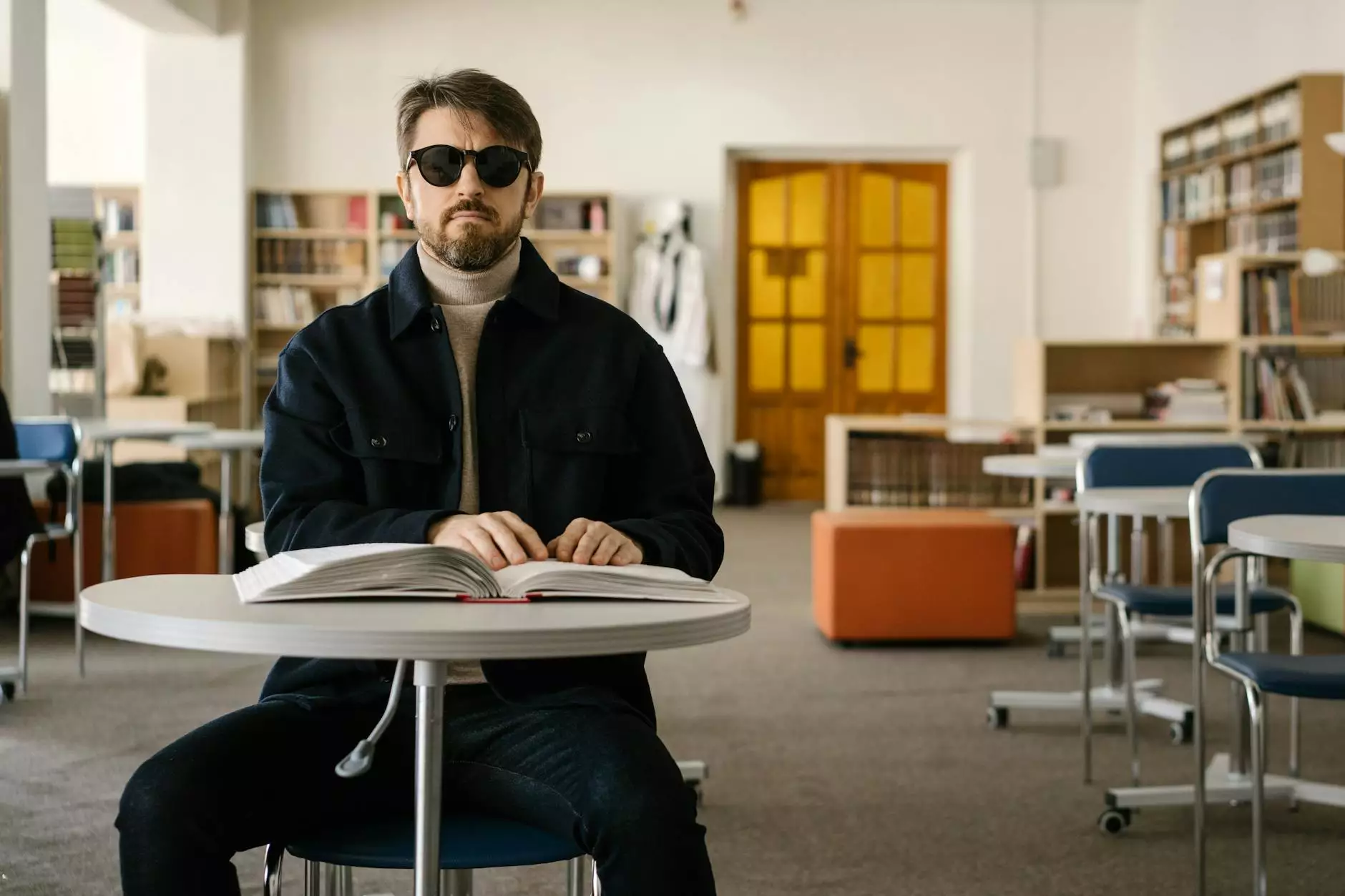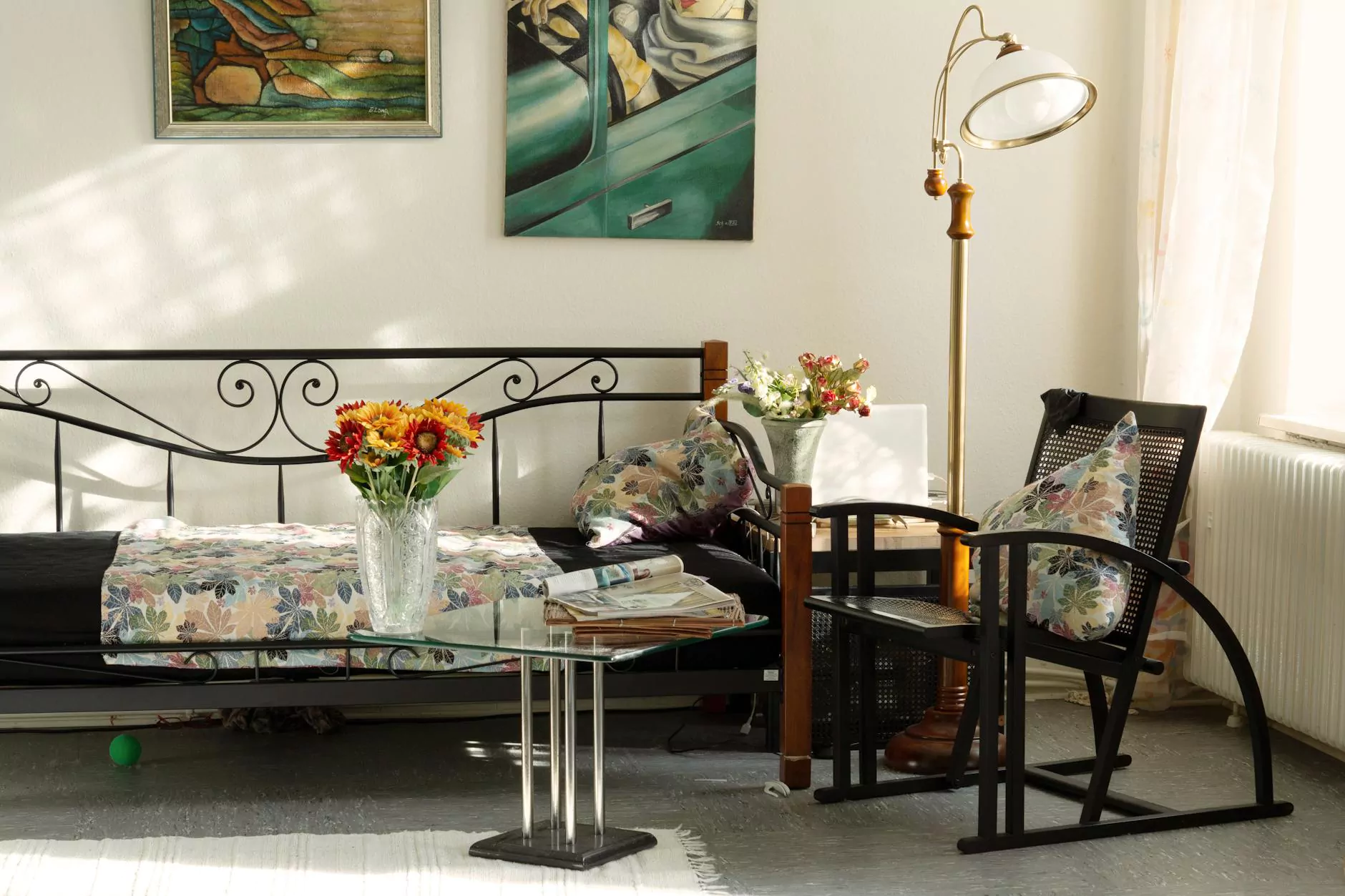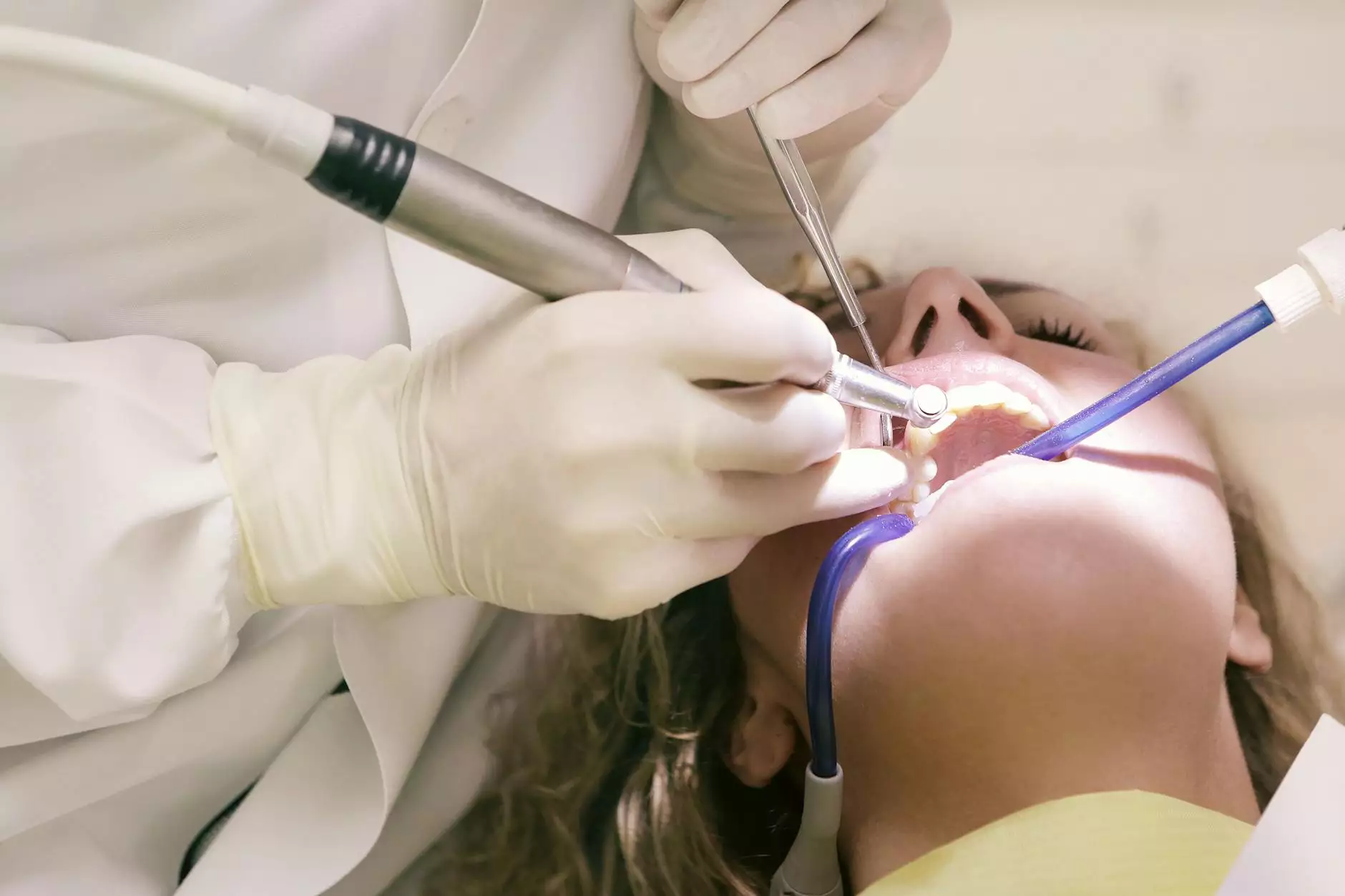The Transformative Power of Public Art in Business and Community Spaces

In today's interconnected world, the concept of public art transcends mere aesthetics; it plays a pivotal role in transforming business environments and community spaces. As society evolves, the significance of integrating art into public spaces becomes imperative for fostering cultural identity, enhancing community engagement, and driving economic growth. This article delves into the multifaceted impact of public art, exploring its benefits, challenges, and the future it holds in invigorating business landscapes.
1. Understanding Public Art
Public art refers to artworks that are created and displayed in open, accessible spaces for the enjoyment and engagement of the general public. These can range from large-scale sculptures, murals, installations, to performance art, infused with the fabric of community life. The allocation of these artworks in urban and rural settings allows for a democratic approach to art where everyone can engage with and interpret these pieces.
2. The Economic Benefits of Public Art
Public art not only beautifies spaces but also serves as a catalyst for economic prosperity. Here’s how:
- Attracting Tourists: Iconic public art installations become landmark attractions, drawing visitors and boosting local tourism. Cities like Chicago with the famous Cloud Gate, or the vibrant murals of Wynwood in Miami, showcase how art can redefine cityscapes and create a sense of place.
- Enhancing Property Values: Properties located near public art are often valued higher, driving real estate development and encouraging investment. A well-placed mural or sculpture can enhance the aesthetic appeal of neighborhoods, making them more desirable.
- Stimulating Local Businesses: Engaging artworks attract foot traffic to nearby businesses, resulting in increased sales and customer engagement. Cafes, shops, and restaurants often benefit from the hustle and bustle created by art enthusiasts.
3. Community Engagement through Public Art
Public art acts as a powerful medium for community engagement, fostering social interactions and cultural dialogue. Here are several ways it achieves this:
- Creating Shared Experiences: Art installations often serve as gathering points for communities, providing spaces where individuals from varied backgrounds come together to appreciate creativity.
- Encouraging Participation: Many public art projects involve community members in the creation process, allowing them to express their identity and stories through art. This collective effort can strengthen community bonds and instill pride in local heritage.
- Promoting Cultural Dialogue:Public art often reflects the cultural narratives and histories of the communities in which they are displayed, encouraging discussions about diversity, inclusion, and local identity.
4. The Role of Public Art in Urban Development
As cities strive for sustainable and vibrant urban spaces, the integration of public art plays a critical role in urban development. Here are a few facets:
- Urban Revitalization: In declining urban areas, well-planned art projects can revitalize spaces, making them lively and engaging. Art can transform derelict sites into appealing public squares, thus attracting investment and rejuvenating neighborhoods.
- Branding Cities: Unique public art projects can help cities define their character and attract new residents. Cities recognized for their dynamic art scenes, such as Berlin and New York, benefit from a strong sense of brand identity.
- Encouraging Sustainability: Many artists today focus on sustainability issues through their work, addressing themes pertinent to contemporary society, such as climate change and social justice. This not only raises awareness but also aligns urban development with sustainable practices.
5. Challenges Facing Public Art Initiatives
While the benefits of public art are significant, several challenges exist that practitioners, communities, and policymakers must navigate:
- Funding Issues: Securing adequate funding for public art projects can be a considerable barrier, requiring innovative approaches to budgeting and resource allocation from local governments and private sponsors.
- Bureaucratic Hurdles: Navigating permits, regulations, and approval processes can deter artists and community groups from pursuing ambitious public art projects. Streamlined policies can enhance the efficacy of these initiatives.
- Public Preference: Balancing artistic freedom with public expectations and preferences is crucial. Disagreements can arise regarding the themes and subjects of artworks, necessitating community consultations and inclusive planning.
6. Future Directions for Public Art
The future of public art appears bright, with increasing recognition of its importance in societal development. Advancements in technology and changes in social dynamics will continue to shape this field:
- Interactive Art: Incorporating technology, such as augmented reality and digital installations, can create immersive experiences that engage the public in novel ways. This trend is already evident in cities where digital displays and interactive installations have become commonplace.
- Social Practice Art: Artists who focus on social issues and community engagement can foster deeper connections and strengthen community ties. This approach allows art to serve not only as a visual entity but also as a tool for social change.
- Collaboration Across Disciplines: Future public art projects will likely see more collaboration between artists, architects, urban planners, and community organizations to create cohesive, impactful environments.
7. Conclusion: Embracing the Power of Public Art
In conclusion, public art stands as a testimony to the dynamism of communities and their aspirations. By investing in artistry that resonates with cultural narratives and social values, we can cultivate spaces that inspire, provoke thought, and enhance the quality of life. Whether through driving economic development, fostering community ties, or enriching the urban landscape, the potential of public art is boundless. Let us embrace this transformative power and continue to champion the role of art in our public spaces.
Visit us:grimanesaamoros.com for more information on how art can enhance communities and businesses.









